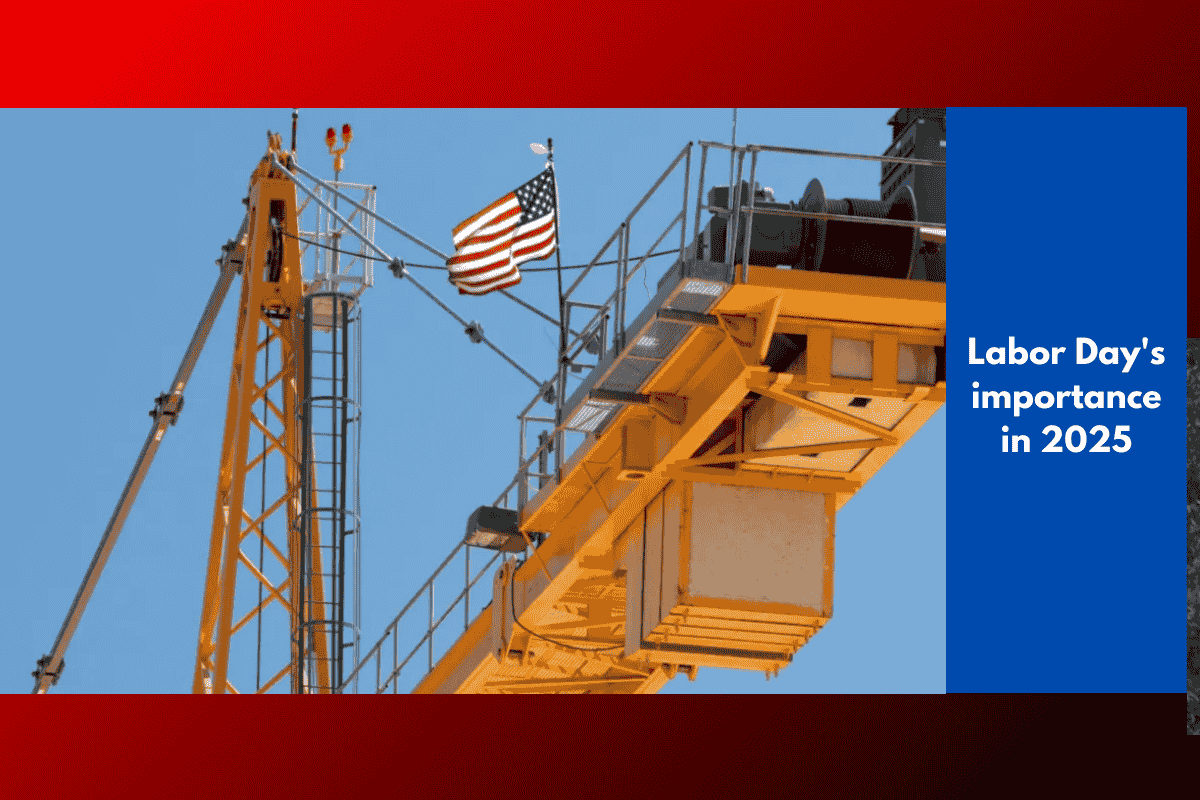This piece highlights the important role that the organized labor movement has played in shaping the rights and benefits of American workers. It recognizes the hard-won achievements of unions, such as the eight-hour workday, five-day work week, and the weekend, which were not simply given to workers, but earned through years of struggle, sacrifice, and activism. The fight for these rights, which involved strikes, protests, and even loss of life, is a testament to the dedication of union members.
In the present day, unionized workers enjoy higher wages, better benefits, and superior retirement programs compared to nonunion workers, but unions today represent only a small fraction of the workforce. The article draws attention to the decline of union representation in the private sector, particularly in South Carolina, where the numbers are among the lowest in the nation.
The article also draws a direct link between the decline of union membership and the rise in low-wage service sector jobs, many of which pay the minimum wage of $7.25 per hour without benefits. It highlights how these jobs force workers to rely on government assistance programs like food stamps and Medicaid, essentially subsidizing companies that pay low wages, while those companies generate record profits and their CEOs earn millions. This, the author argues, has led to worsening economic inequality, with 2025 marking the worst levels of inequality since 1929.
The article also discusses the negative impact of the Trump administration’s policies on federal workers and unions. Notably, the Department of Government Efficiency (DOGE), created by Elon Musk, fired thousands of workers in violation of union contracts, and the Veterans Administration and other agencies saw drastic budget cuts, leaving them understaffed and unable to effectively serve the public.
Moreover, the article highlights the Charleston Alliance for Fair Employment and the establishment of the Charleston Workers Center (CWC), a significant initiative aimed at helping non-union workers organize and support union campaigns. These efforts are part of a broader network of worker advocacy groups across the country.
Finally, the article notes that, according to a recent Gallup poll, 71% of Americans have a favorable view of unions—the highest approval rate since 1965. This reflects the experience of many Americans who witnessed economic injustices during the Great Recession and Great Pandemic, when the government bailed out banks and corporations, but left workers to fend for themselves.
The author concludes by stressing the importance of protecting the legacy of the labor movement and continuing to fight for the rights of working people in the U.S.














